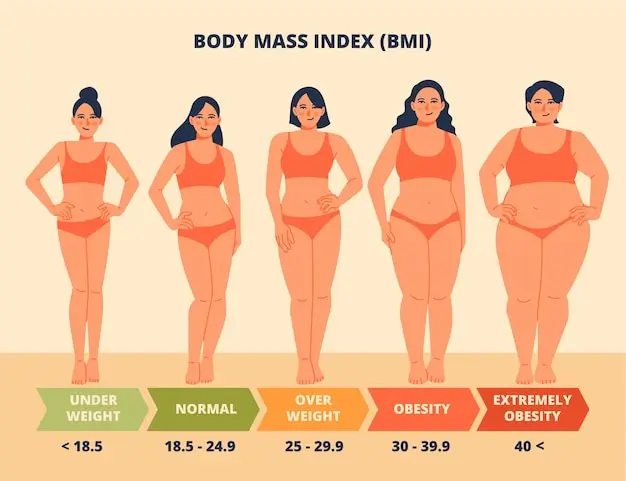Empowering Your Health Journey With Body Mass Index BMI
Hey there health enthusiasts! Today, we’re diving into the world of Body Mass Index (BMI), and we’ve got insights straight from the expert, Dr. Robert H. Shmerling, Senior Faculty Editor at Harvard Health Publishing.
But before we embark on this journey, let’s give credit where it’s due – you can catch the original article here.
Understanding BMI:
So, do you know your Body Mass Index? It’s becoming as common a knowledge point as your cholesterol level. Dr. Shmerling shares an easy way to calculate it using your height and weight or a handy online calculator. Now that you’ve got your Body Mass Index , what’s the buzz all about?
What’s Your BMI Saying?
BMI is a nifty calculation that considers your height and weight, expressing them as a single number. Dr. Shmerling reminisces about the old charts that determined “ideal weight” based on frame sizes. BMI simplifies this by providing a universal measure that’s not dependent on frame size.
Normal vs. Not-So-Normal:
A normal BMI falls between 18.5 and 25, with overweight and obesity kicking in above 25 and 30, respectively. Being underweight is when your BMI is less than 18.5. It’s not a flawless test, though – pregnancy, high muscle mass, and age can throw off the results.
Health Risks and Higher BMIs:
Why does BMI matter? Well, the higher your BMI, the higher your risk of developing conditions linked to excess weight, such as diabetes, arthritis, liver disease, and even certain cancers. According to the World Health Organization, nearly three million people die annually worldwide due to being overweight or obese.
The Catch with BMI:
Should we reconsider how much “weight” we give to BMI? Research suggests that BMI alone might misclassify metabolic health, especially during pregnancy, for athletes, and the elderly. Just like cholesterol, blood sugar, or blood pressure as standalone measures, BMI has its limitations.
Ethnic Variations:
Dr. Shmerling raises a crucial point – BMI definitions were primarily based on white populations, potentially leading to inaccuracies in assessing risk for different ethnicities. For instance, standard BMI measures may overestimate risk in Black individuals and underestimate it for those of Asian descent.
The Bottom Line:
In the end, BMI is a useful starting point for identifying health conditions associated with excess weight. Dr. Shmerling encourages knowing your BMI but emphasizes understanding its limitations. It’s not a perfect measure, but it provides valuable insights into potential health risks.
So, there you have it – a journey through the world of BMI, with credit to Dr. Shmerling for shedding light on its intricacies. Keep tracking your health, and remember, BMI is just one piece of the puzzle.




